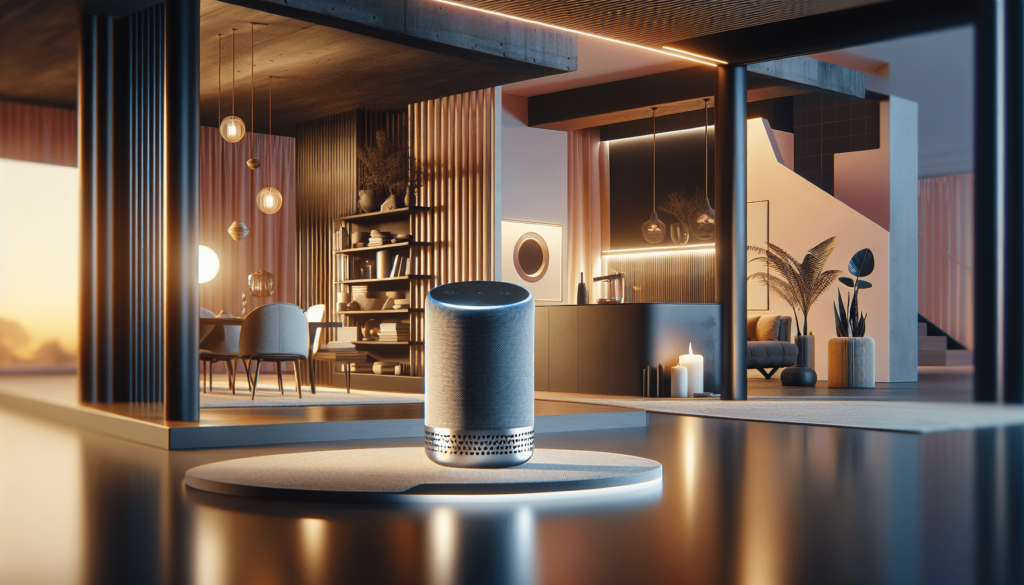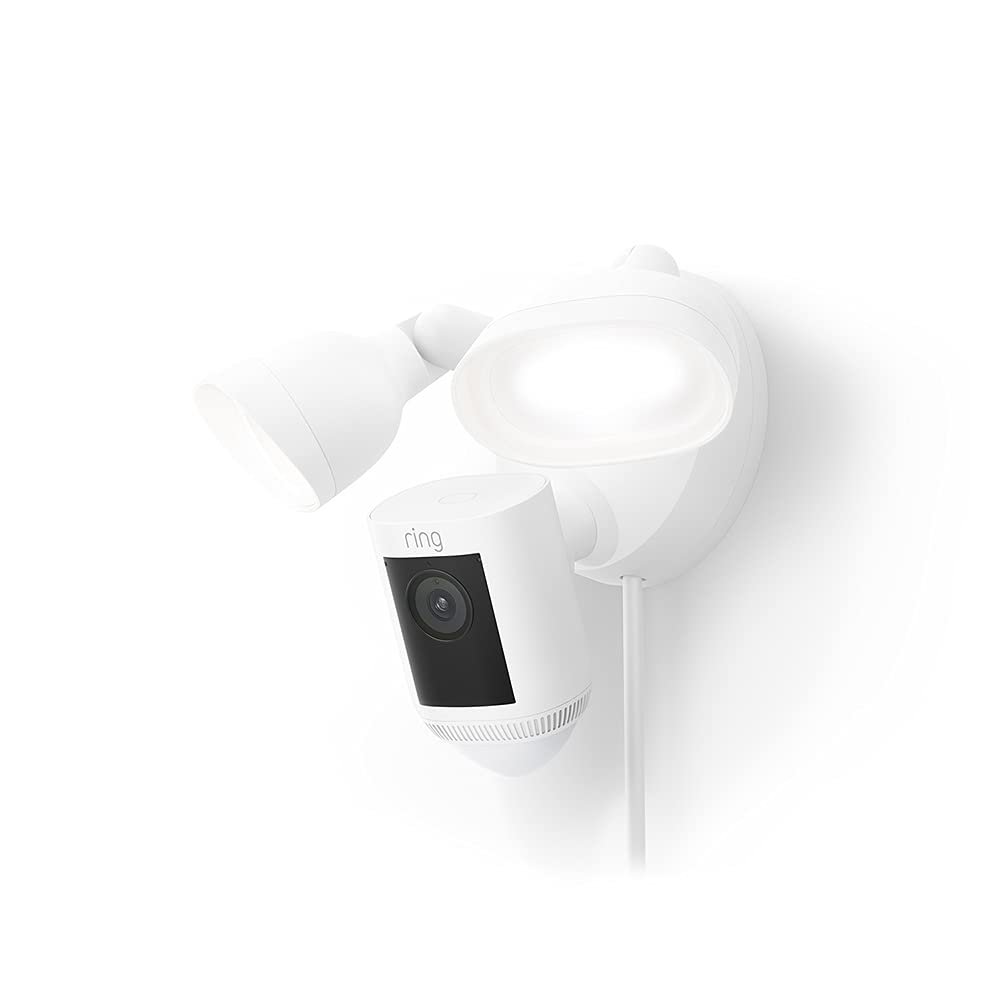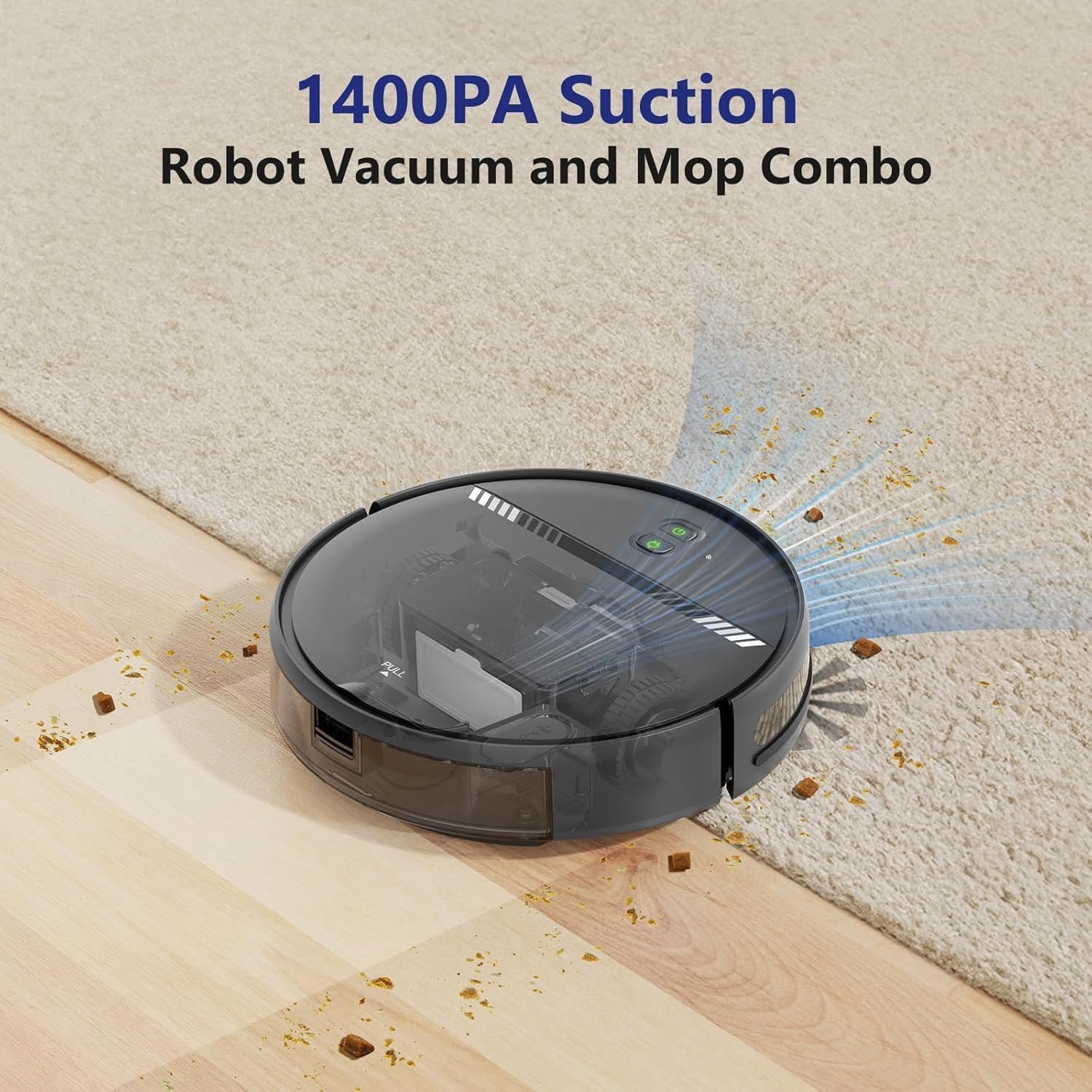Have you ever imagined controlling your home with just your voice? This idea isn’t just for futuristic movies anymore—it’s a reality thanks to the advancement of smart home technology. Voice control is becoming an essential part of enhancing your smart home living experience, offering convenience, accessibility, and a touch of modern sophistication. Whether you’re a homeowner intrigued by the possibility of smart technology, a renter seeking easy-to-adopt features, or a tech enthusiast eager to integrate cutting-edge tools into daily life, understanding how voice control can transform your home is key. Let’s unpack what this means for you and your living space.

Understanding Smart Home Technology
What Are Smart Home Devices?
Smart home devices are technological innovations designed to automate and simplify various aspects of home living. These include everything from smart lights and thermostats to automated security systems, all of which can be controlled remotely through a smartphone, tablet, or voice assistant. Each device collects data that can help improve energy efficiency and enhance your daily routines.
The Rise of Voice Control in Smart Homes
Voice control is taking center stage in smart home technology by allowing users to operate devices hands-free, making it especially useful for multitasking or when accessibility is a concern. With voice assistants like Amazon Alexa, Google Assistant, and Apple’s Siri, you can now turn on lights, check the weather, adjust the thermostat, and more—all by simply speaking.
Enhancing Convenience and Accessibility
The Benefits of Voice-Controlled Smart Home Devices
Utilizing voice control in your home offers a seamless and convenient living experience. You can manage multiple devices with simple commands, reduce the time spent fumbling for remote controls, and streamline daily tasks. This feature is particularly beneficial for individuals with mobility challenges, ensuring they can independently manage their environment.
Real-World Use Cases
Imagine you’re cooking dinner, your hands full, and the lights are too dim. Instead of stopping, washing your hands, and fiddling with a switch, you simply instruct your voice assistant to brighten the lights. Or, while cozy in bed, command your thermostat to lower the temperature. Voice control makes these scenarios effortless.
Cost and Value Considerations
Installation Costs and Long-Term Savings
While the initial setup of a smart home system with voice control might seem costly, it’s essential to consider the long-term savings and convenience. Smart devices can significantly reduce energy consumption by optimizing when and how devices operate, contributing to lower utility bills over time.
Return on Investment
The value added by smart home technology can enhance property appeal and market value. Real estate investors recognize that homes equipped with integrated smart systems can demand higher prices and attract tech-savvy buyers looking for ready-to-use modern conveniences.
Choosing the Right Devices for Your Smart Home
Comparing Costs, Features, and Benefits
When selecting devices, consider the cost against potential energy savings and practical benefits. Some devices might have a higher upfront cost but offer features that lead to greater efficiency and functionality. Smart thermostats, for instance, often provide rapid payback through optimized energy usage.
Popular Smart Devices Worth Considering
Smart speakers such as the Amazon Echo or Google Home Hub are popular starting points due to their ability to connect with a variety of devices. Smart lighting systems, like Philips Hue and smart thermostats from Nest, offer considerable savings and enhanced control, while smart locks and cameras bolster security.
| Device Type | Popular Options | Key Features |
|---|---|---|
| Smart Speakers | Amazon Echo, Google Home | Voice assistant integration |
| Smart Lights | Philips Hue, LIFX | Remote operation, energy saving |
| Smart Thermostats | Nest, Ecobee | Energy efficiency, scheduling |
| Smart Security | Ring, Arlo | Remote monitoring, automation |

Step-by-Step Guide to Setting Up Your Smart Home
Setting Up Your Voice-Controlled System
- Choose a Compatible Voice Assistant: Decide between platforms like Alexa, Google Assistant, or Siri based on your device preference.
- Select Core Devices to Start With: Begin with essentials like smart lights and a smart speaker to form the foundation of your smart home.
- Install and Connect Devices: Follow product-specific setup instructions, linking devices through their respective apps and connecting them to your chosen voice assistant.
Integrating Additional Smart Devices
Once your base system is operational, gradually introduce more devices. Ensure each new addition is compatible with your existing setup to maintain seamless control.
Security and Privacy Factors
Addressing Potential Risks
As with all connected technologies, smart home devices pose potential security risks. Unauthorized access and data breaches can occur if systems are not secured properly. Always safeguard your home network and use two-factor authentication where possible.
Best Practices for Safety
Stay informed about the latest security updates for your devices and promptly apply patches. Regularly review your voice assistant’s privacy settings to understand which data is stored and how it’s used, ensuring you’re comfortable with its access and information sharing.
Energy Efficiency and Sustainability
Reducing Energy Consumption
Smart devices can significantly cut down energy usage by optimizing operation. For example, smart thermostats adjust heating and cooling based on real-time conditions and usage patterns, leading to decreased energy bills and a smaller carbon footprint.
Sustainable Living Practices
Adopting smart home technology contributes to a broader sustainable living initiative. By intelligently using resources and minimizing waste, you actively participate in reducing the environmental impact of everyday living.
Compatibility and Connectivity
Ensuring Device Interactions
The effectiveness of your voice-controlled smart home hinges on the compatibility between devices. It’s crucial that all devices can communicate within a central ecosystem, whether you favor Google, Amazon, or Apple.
Voice Assistants and Smart Hubs
To maximize connectivity, consider using a smart hub—a centralized device that allows for cross-platform communication. This hub can facilitate interactions between different brands and types of smart devices, simplifying control via voice commands.
Future-Proofing and Innovation
Trends Shaping the Future of Smart Homes
The smart home industry continues to evolve with new innovations emerging. Features such as machine learning can potentially enhance device responsiveness and personalization, while advancements in artificial intelligence may offer improved predictive capabilities.
Staying Updated with Emerging Technology
To ensure your investment remains relevant, stay informed about new developments and consider devices that allow for easy upgrades. A flexible setup offers adaptability to future technology without requiring an overhaul of your entire system.
Conclusion
Voice control in smart homes is reshaping how we interact with our living spaces—making them more than just places to reside. They become a responsive environment tailored to your lifestyle and needs. Whether you’re looking to enhance convenience, improve energy efficiency, or elevate home security, the integration of voice technology is a step toward a smarter, more connected world. By carefully choosing compatible devices and understanding the costs and benefits, you can create a seamless smart ecosystem that enhances your life today and adapts for tomorrow.




